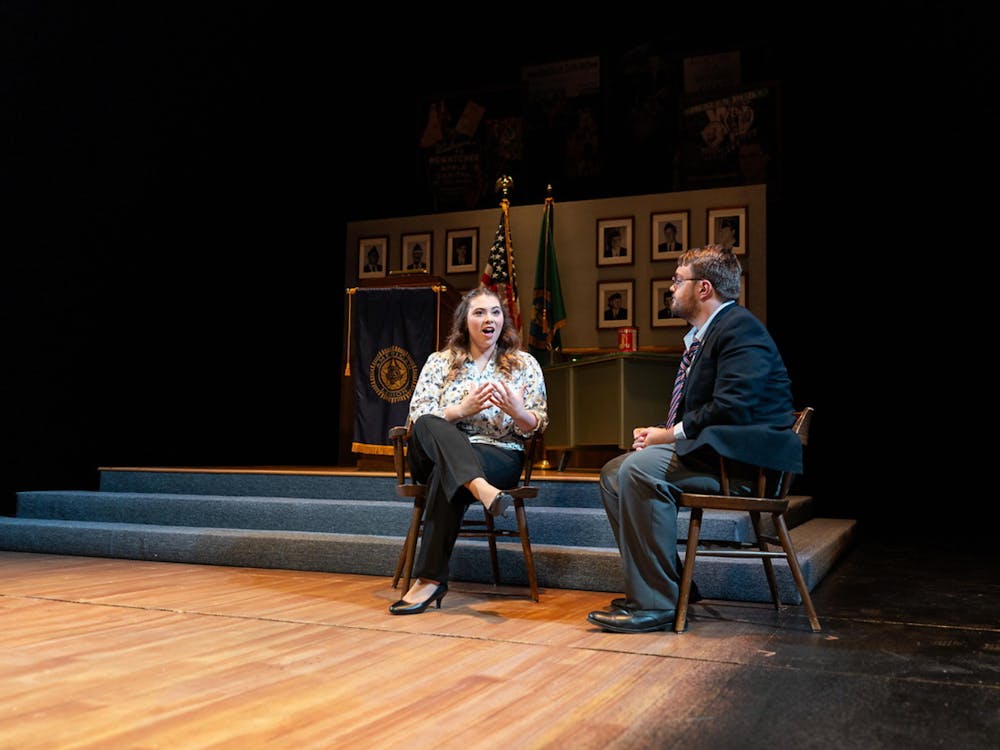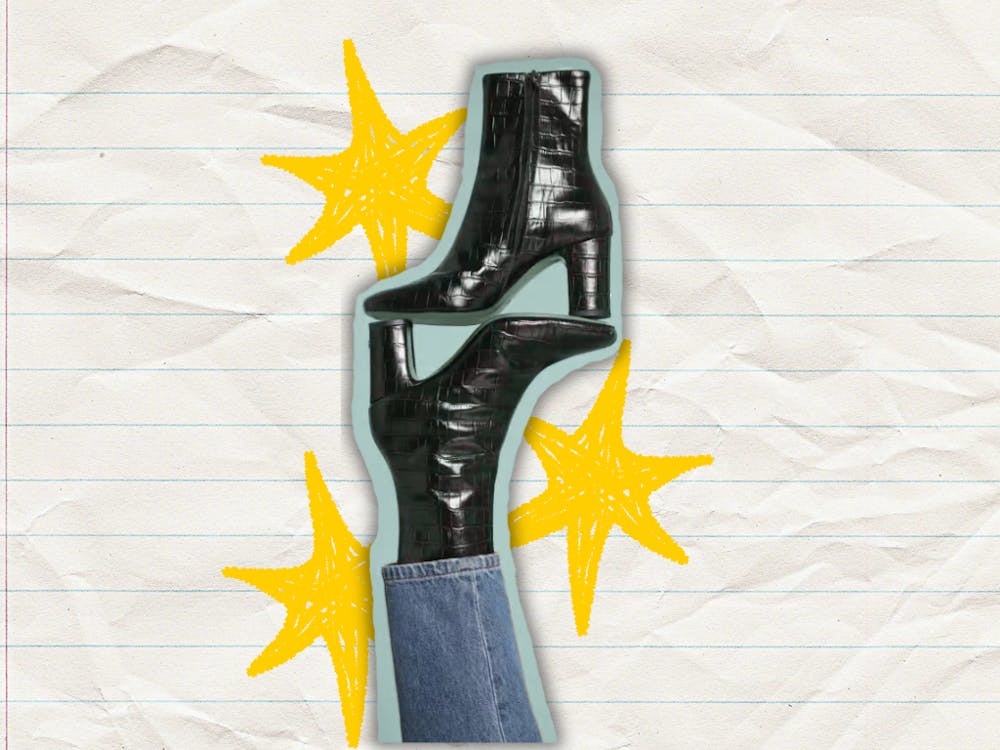Miami University Fashion & Design (MUF&D) is the largest student organization on campus, hosting more than 40 events each year. Among these events is the annual fashion show: its largest and most popular occasion.
Produced every spring, the event showcases the year’s hard work by putting together one of the largest student-run fashion shows in the nation.
With the announcement of classes going remote for the remainder of the semester, MUF&D executive board members had to decide what to do, with their 14th annual show only a month away.
Canceling wasn’t an option, but pushing such a large event to the fall would interfere with next spring’s show. Instead, board members have been working to construct an entirely new event the organization has never seen before.
In the fall, MUF&D plans to stray away from the traditional runway concept and introduce a more immersive experience, creating an intimate exhibit where attendees will have the opportunity to connect with the collections first-hand.
Riddhi Chopra, senior finance and accounting major and MUF&D president, and the rest of the board continue to plan details of the new event, including when the best time to have it would be.
“It is difficult logistically,” said Chopra. “Because obviously, me included, seniors will be graduating and not everyone will be able to come back. It’s still better than just not having the show at all, though.”
While designers don’t get to see their pieces on the runway, the new event brings new opportunities that weren’t possible before. Guests will be able to see all of the collections side by side, and interact with the models and designers to talk about inspirations for specific pieces.
Lexi Shoemaker, a junior interior design and fashion major and one of this year’s 17 designers, is looking forward to the event. Her collection follows a 30s Hollywood glamour theme, a mixture of “sexy and conservative.”
“I’m really excited to get peoples’ feedback, but also a little nervous,” said Shoemaker. “They can see a lot more close-up instead of far away on a runway, so you gotta make sure it’s good.”
Designers have been given the option to keep their collections the same or alter them, whether in size or theme, to best accommodate the change in plans.
“We want to give the designers as much freedom and lenience as possible since they didn’t really sign up for a year-and-a-half of work,” said Ben Krautheim, junior fashion design and art history major and MUF&D design co-director.
Enjoy what you're reading?
Signup for our newsletter
While this change of plans may offer designers more time, access to resources is a concern for some.
Shoemaker has had to change from five garments down to just three. Many of her materials are still on campus, locked in Boyd Hall.
On the second floor of Boyd, designers have access to a plethora of equipment: standard sewing machines, sergers used for finishing inside seams and dress forms and mannequins for draping dresses.
“I can put in a zipper or I can put buttons in, but [I] don’t have all the amazing capabilities that we do with the nicer machines at school,” Shoemaker said.
Because of this, the executive board wants to ensure that all designers have the resources they need, providing funding through stipends that were previously dedicated to fabric costs.
While remaining remote, MUF&D has also made other changes in an attempt to keep their members involved. Through social media and weekly newsletter emails, compiling news from the fashion design and retail industries, they hope to keep everyone connected.
“Maybe this is an opportunity for us to expand beyond what we usually do … something that could even be carried forward,” Chopra said. “Almost like a new legacy.”



